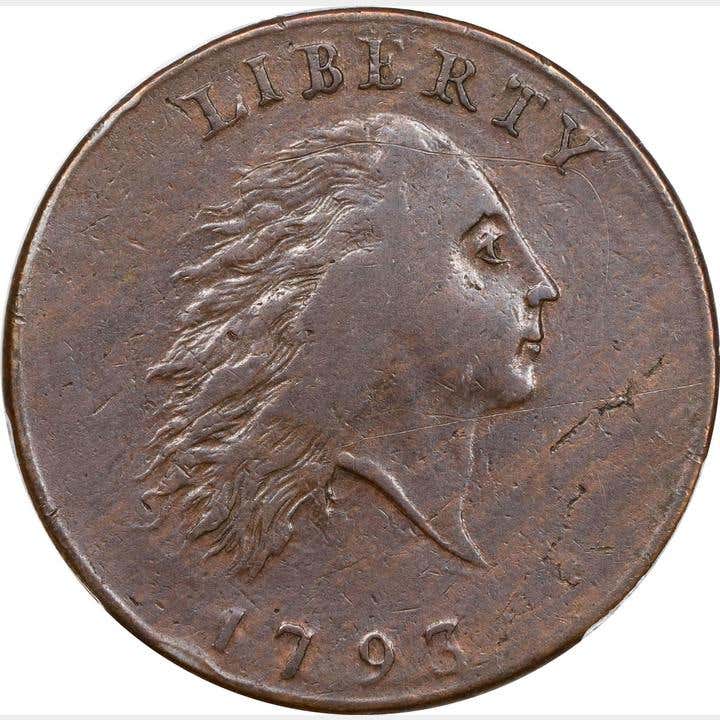Charge Coin Forerunner of Card
What is a charge coin? Charge coins are actually the forerunner of the modern charge card. Produced in various shapes and sizes as well of any of several metal compositions…
What is a charge coin?
Charge coins are actually the forerunner of the modern charge card. Produced in various shapes and sizes as well of any of several metal compositions or celluloid plastic, the so-called coins usually had a small hole used to hold the charge coin on a key ring. Charge coins were issued to department store clients for exclusive use at the store of issue.
When did the universally accepted charge card originate?
Diners Club founders Ralph Schneider and Frank McNamara introduced the first charge card accepted by multiple merchants in 1950. This “general purpose” charge card was the result of a merger with Dine and Sign. Carte Blanche and American Express followed.
I have an 1837 token on which it reads “Benton’s Mint Drops.” Can you explain?
The slogan “Benton’s Mint Drops” mocked the advocacy of a gold and silver standard coupled with federal paper money as proposed by Senator Thomas Hart Benton. The Benton proposal was made in support of President Andrew Jackson’s hard money policies. Under this proposal, coins would be issued in denominations of less than $20, with paper bank notes being issued in values beginning at $20.
Do the Benton Mint Drop tokens have anything to do with the term shinplaster?
The so-called Bentonian Currency was a statement for hard money rather than unbacked and likely unredeemable paper money. Today we call unbacked coins and bank notes fiat money. The term “shinplaster” was a sarcastic term for the Jacksonian era fiat money that was “only good for stuffing in your socks to keep warm in the winter” issued by the privately owned Bank of the United States.
Did the so-called Benton Mint Drop ever amount to anything?
In 1834 Congress changed the ratio of gold to silver, inadvertently raising the value of the silver dollar. Benton’s Mint Drop or Benton’s Bullets was a reference to gold coins. Benton wrote, “Gold began to flow into the country through all the channels of commerce, old chests gave up their hoards, the mint was busy; and in a few months as if by magic a currency banished from the country for 30 years overspread the land and gave joy and confidence to all the pursuits of industry.” Gold and silver would circulate simultaneously for about 12 years, at which time gold became cheap and silver became overvalued.
E-mail inquiries only. Do not send letters in the mail. Send to Giedroyc@Bright.net. Because of space limitations, we are unable to publish all questions.








